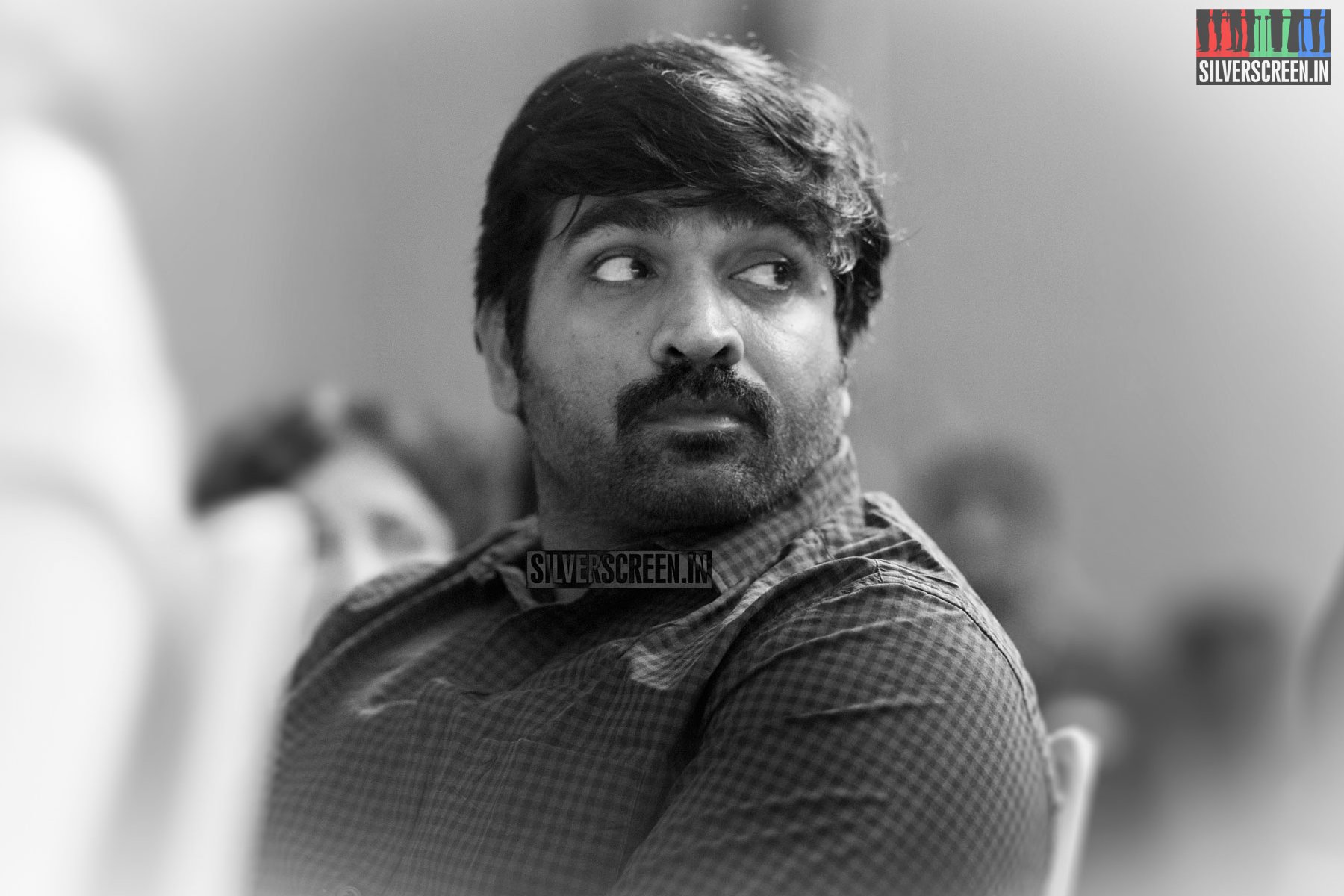Last week an independent audit into over 125 screens (owned by 27 different chains) in China has revealed several instances of fraud. The audit was commissioned by the Motion Pictures Association of America, who had misgivings about the reported box office figures, according to The Wall Street Journal.
As per the auditors, due to intentional misreporting of box office revenue by Chinese cinemas, studios in Hollywood faced upto $40 million loss in revenue. This news comes amid US trade representative’s decision to renegotiate trade agreements with China. Under the current terms, Hollywood studios are entitled to about 25 per cent of the revenue that comes from the box office performances of the films screened in China.
Impact on India
Whether this was the case for Bollywood as well is pure conjecture at this point. However, both Chinese and Indian media have been harping on the unprecedented success of Aamir Khan-starrer Dangal in China. Dangal’s success story has been touted as India’s growing soft power despite the India-China tension over Doka La.
Bearing this in mind, India and China’s relationship, what with Dangal doing well at the box-office, movies and art could act as a catalyst of sorts to mend ways between the two nations. Early this week, the Chinese Foreign Ministry even said that the two are important neighbours to each other and are the two largest developing countries and emerging markets.
A report in The Diplomat explains that while Dangal’s success projects India’s growing soft power, it even catapults China as a global policy maker. “The growing popularity of Indian films in China can strengthen the hand of the Chinese government as much as it serves as an foreign policy instrument in New Delhi’s hand,” states the report.
Both Chinese and Indian media have been gloating how successful Dangal was in China. Films are doing well, looks good on paper, and makes their relationship better. The present status quo might change if the numbers are fudged.
***
How does this work?
Bollywood films, most recently, have been making a mark at the international market. Since the release of Raj Kapoor’s Awara (1951), Indian films have had a market in China.
China’s policy with respect to foreign films, there are two types of quotas that producers can have — a revenue-sharing quota and a flat-fee quota. According to EastWestBank.com, a revenue-sharing film remits a set percentage of its revenue from the Chinese box office to the foreign production studio.
On the other hand, a flat-free quota is when a Chinese distributor (a China Film Group or Huaxia Film Distribution) pays a lump sum figure for a film and does not remit any box-office receipts to the producing studio. High-grossing blockbusters win revenue-sharing slots while the lower-performing ones from smaller studios are given flat-fee slots. Bearing this in mind, there are around 30-40 films imported into China this way.
Viewing this as an opportunity, a lot of Indian studios and producers have taken their films to China, sometimes even ending up with different partnerships such as Eros’ Trinity Pictures tie up with China’s Peacock Mountain Culture & Media Ltd and Huaxia Film Distribution to produce two cross-cultural movies.
Jackie Chan’s release this year — Kung Fu Yoga — fits as an example as a token of the India-China relationship collaborating for their betterment. The film had Chan, Bollywood actors Disha Patani, Sonu Sood, and Amyra Dastur and was a Chinese-Indian co-production of Taihe Entertainment (China) and Shinework Pictures (China).

The film, at the time of its release, had faced accusations of including pro-China ‘propaganda’. While many of the dialogues were muted or edited out after some of the movie-goers pointed out how an Indian character praising President Xi Jinping’s Belt and Road Initiative (BRI), an ambitious China-led connectivity project that India has so far declined to join.
Currently, only two Indian films can be released in China annually, according to China Film Insider. In 2016, the limit for foreign films, most of which are Hollywood productions, was 34. The only other way Indian production companies can enter this market is by making co-production deals with Chinese companies.
Another interesting aspect of the Indo-China relationship now is Aamir Khan, who is sort of being viewed as a messiah of sorts to soften the two nations’ differences through his movies.

Dangal
According to this Forbes report, Dangal has already made Rs 23.1 crore in Hong Kong, a film that surpassed the $200 million mark globally. A lot of times, Khan has been credited to for opening the Chinese market for India. In the past, his 2009 film 3 Idiots became a cult hit in the country thanks to the high piracy rate in the country, and has been recognised as China’s 12th favourite film of all time.
His popularity and films grew when Dhoom 3, and PK became box-office successes. Dangal took the cake home and has been recognised as the fifth highest-grossing non-English language film worldwide.
According to the The Economic Times report, China allows 34 foreign films to release in the country every year. Hollywood has the major share, however, experts believe that if Indian films continue to do well, it could overtake the US market in the coming years.
Taking Dangal’s example, the report says that it had released in China across 9,000 screens and collected around Rs 1,500 crore. What worked was the fact that film projected family values and women empowerment.
“China can be a good market for Indian movies as we are culturally similar. Love stories, slice-of-life movies and comedy films would do well in China. Action-packed movies may not be so well-received as the Chinese are exposed to Hollywood movies,” Ajit Thakur, CEO of Trinity Pictures, a subsidiary of Eros International was quoted as saying by The Economic Times.
But it’s not all good news. In their race to emerge as the regional superpower, while China has the upper hand on the development policies, India is sort of leading in the cultural field. China will not allow Indian films’ market to grow at the expense of its own market.
“This is a great soft power win-win situation, where it’s possible for the Chinese president and Chinese audiences to support Indian culture but not in a way that really substantially undermines the growth of the Chinese film industry,” said Professor Aynne Kokas, author of Hollywood Made in China, according to The Diplomat.
***
Other international market
It’s not just China that has a market for Indian films. Judwaa 2, starring Varun Dhawan, is making waves not because of its intelligent plot (that’s an oxymoron) or terrific characters (again, a joke), but because it’s yet another fun, leave-your-brain-at-home kind of film and has minted over Rs 100 crores at the box-office. A major percentage of David Dhawan’s film’s collection also comes from overseas market.

Judwaa 2
Having conquered China, even less than a year after its release, Dangal continues to soar and do better than other Hollywood films.
Akshay Kumar’ Toilet: Ek Prem Katha, too, managed to penetrate other international markets including Chile in South America, Greece, Czech Republic, Hungary, Malta, Croatia, Estonia, and Latvia in Europe. Moreover, the film released in 22 countries in Europe, according to Hindustan Times.
Japan, too, appears to be fond of Bollywood. According to The Times of India report, the Japanese entertainment market is dominated by Hollywood films and to some extent, Chinese and Korean ones. But the emotional drama, dance and song sequences prevalent in Bollywood are their favourites, too.
If it isn’t partnerships between the producers, there are always agreements that contribute to Bollywood tapping into international markets. Like in the case of Zindagi Na Milegi Dobaara, where Spain saw an influx of 85,000 of tourists in 2011, right after the film’s release. India also has trade deals in countries like Malaysia, Australia, Fiji, Italy, Germany, France, Czech Republic, Ireland, Turkey, South Africa, Mauritius, Canada, UK, US and others for incentives including cash grants and tax credits going from 20 percent to even 50 percent on film production costs if criteria such as dubbing in local languages and use of local talent are fulfilled.
Recommended
In the book ‘Bollywood Boom’, author Roopa Swaminathan opens a window to the spectacular success of Bollywood in the 21st Century and its direct contribution to India’s rising soft power and influence. From the Oscar-nominated Lagaan to Bajrangi Bhaijaan to Ae Dil Hai Mushkil, Bollywood has come a long way since the watershed Dilwale Dulhaniya Le Jayenge and the UK Top Ten debut of Kuch Kuch Hota Hai. Where earlier it was in Russia, East Europe and Africa that Raj Kapoor and Amitabh Bachchan enjoyed a devoted fan base, today the entire world is as entertained by the three Khans as by international stars Irrfan Khan, Priyanka Chopra and Deepika Padukone, Swaminathan reminds her readers.
Tamil movies have an audience base in Sri Lanka, Malaysia, Singapore and Fiji; Bengali movies are hugely popular in neighbouring Bangladesh; and Punjabi films too have a huge audience across the border in Pakistan. This linguistic diversity of Bollywood, therefore, has a major influence in South Asia.
“Bollywood is no longer Hollywood’s poor cousin. Bollywood is no longer just a convenient nomenclature devised by unimaginative folks. Bollywood cinema is one of the strongest global cultural ambassadors of a new India. And India is on its way to becoming a global soft power to reckon with,” Swaminathan contends in the book.
Feature Image: VCG/VCG via Getty Images
With inputs from IANS



